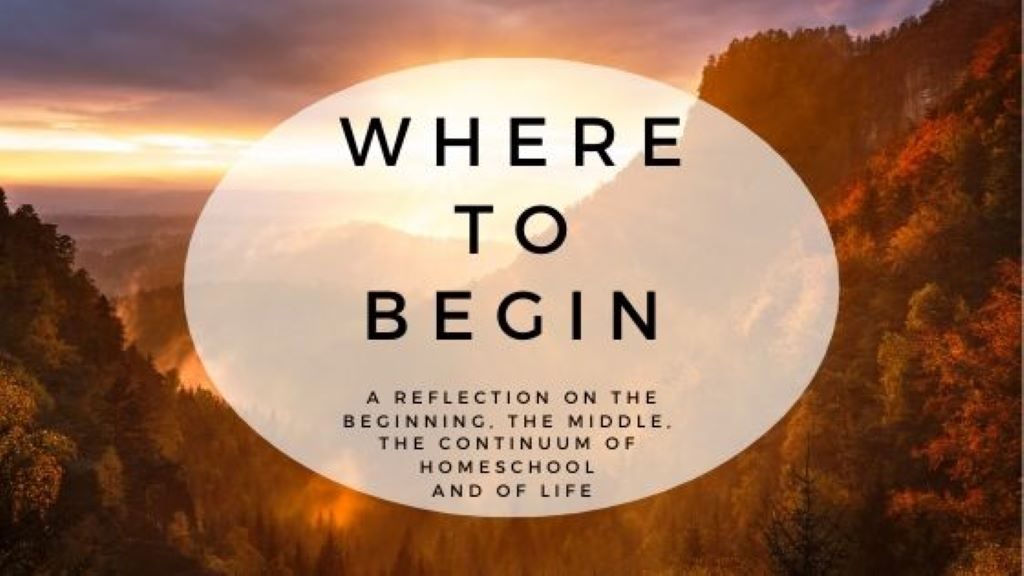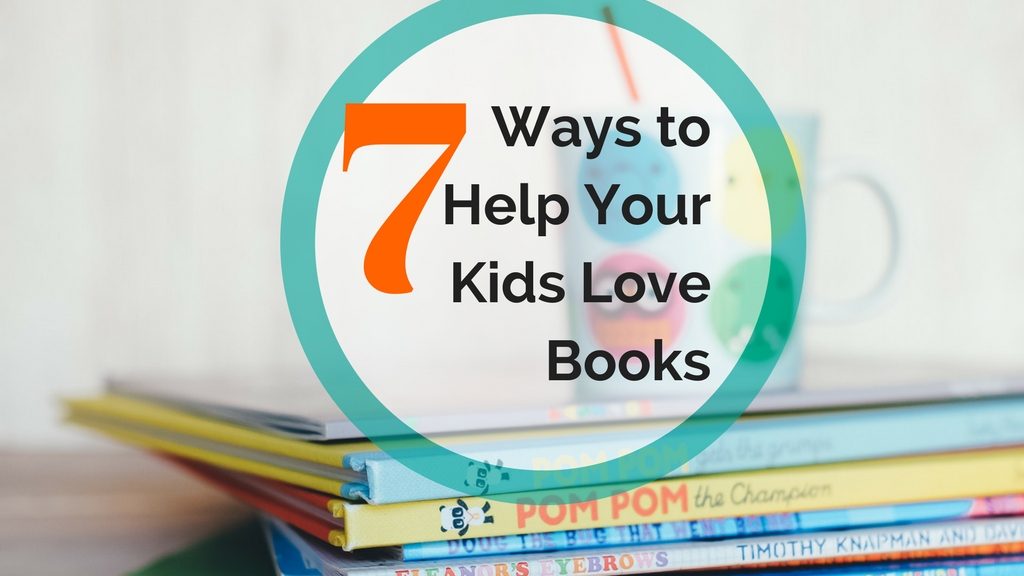Where to Begin
Where to begin? A beginning. A starting over. Just fragments. Just brainstorms. Begin: to start, to come into being, to complete the first part of something. What if we are always beginning, and in that way, are never beginning? These are the kinds of things that roll through me this evening, when it is dark and quiet and a thunderstorm is coming softly. The fan in my room is circling its small space, affecting the whole room with soothing wind…







